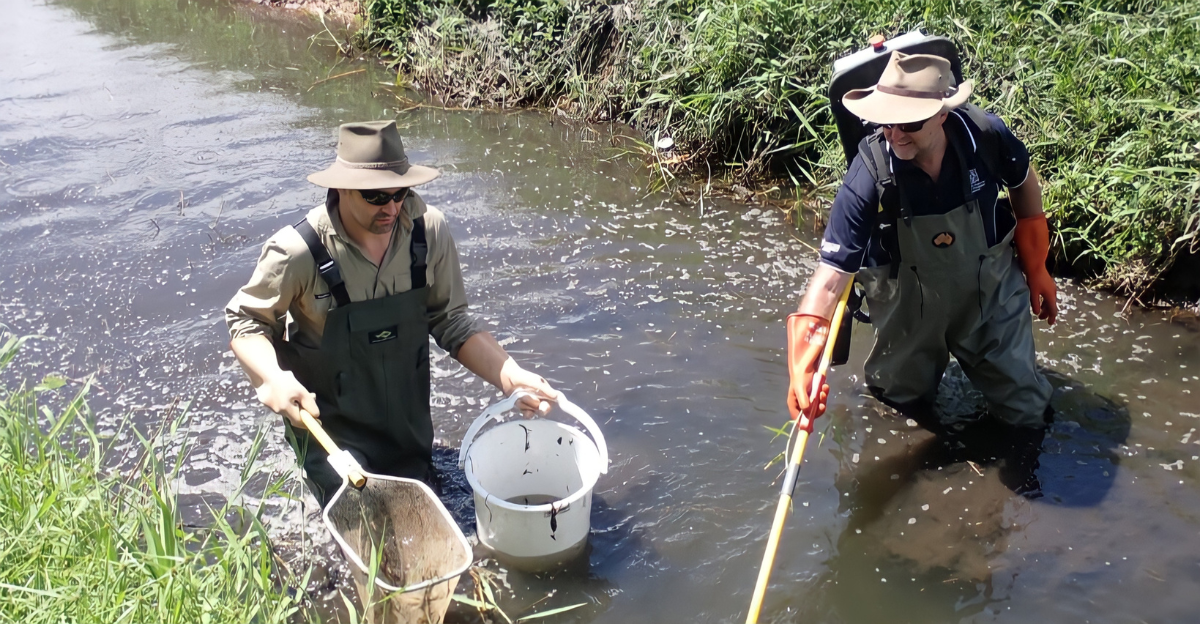
Lionfish, native to the Indo-Pacific, has become a notorious invasive species in U.S. waters, rapidly spreading along the Atlantic coast, the Gulf of Mexico, and the Caribbean. This invasion is often likened to the “kudzu of the sea” due to its aggressive expansion and ecological disruption. The economic impact is staggering, with invasive species causing an estimated $21 billion in annual losses and a cumulative $1.2 trillion in damage in U.S. waters since 1960.
Lionfish threaten the health of coral reefs and the livelihoods of over 42 million dependent on these ecosystems. Understanding this invasion’s ecological and economic consequences is crucial to developing effective management strategies that protect marine biodiversity and support coastal economies. Addressing this crisis must balance ecological restoration with financial incentives to ensure sustainable solutions.
Origins and Spread of the Lionfish Invasion

Lionfish were introduced to U.S. waters primarily through aquarium releases in the 1980s. Native to the Indo-Pacific, these striking fish established populations from Florida to North Carolina and throughout the Gulf of Mexico and the Caribbean. Their rapid spread is facilitated by a lack of natural predators and remarkable adaptability, including tolerance for brackish waters such as mangroves and estuaries.
Lionfish now inhabit diverse habitats, from coral reefs to wrecks, allowing them to expand their range quickly. This adaptability exacerbates their threat to native ecosystems as they invade new areas, with populations likely not yet peaking in the Gulf of Mexico.
Ecological Impact – Disrupting Marine Ecosystems

Lionfish are voracious predators that can reduce native reef fish recruitment by up to 79-80%, severely impacting biodiversity. Their predation on juvenile fish, including commercially important species like grouper and snapper, threatens fishery sustainability. This disrupts the delicate balance of coral reef ecosystems, increasing stress on coral health and altering native fish community structures.
The loss of native species can cascade through the food web, undermining reef resilience and ecosystem services. Such ecological damage threatens the long-term viability of these marine habitats and the species that depend on them.
Economic Consequences – Fisheries and Beyond

The decline in native fish populations caused by lionfish predation has direct economic consequences for commercial and recreational fisheries, which rely on species like snapper and grouper. Reduced fish stocks lead to lower catch yields, financial losses, and restrictions on fishing activities, impacting thousands of jobs and multi-billion-dollar fisheries.
Additionally, ecosystem degradation affects tourism, as damaged reefs are less attractive to divers and snorkelers. Safety concerns from venomous lionfish spines further complicate recreational activities, adding another economic impact. The combined effects threaten coastal economies dependent on healthy marine ecosystems.
Human Health and Safety Risks
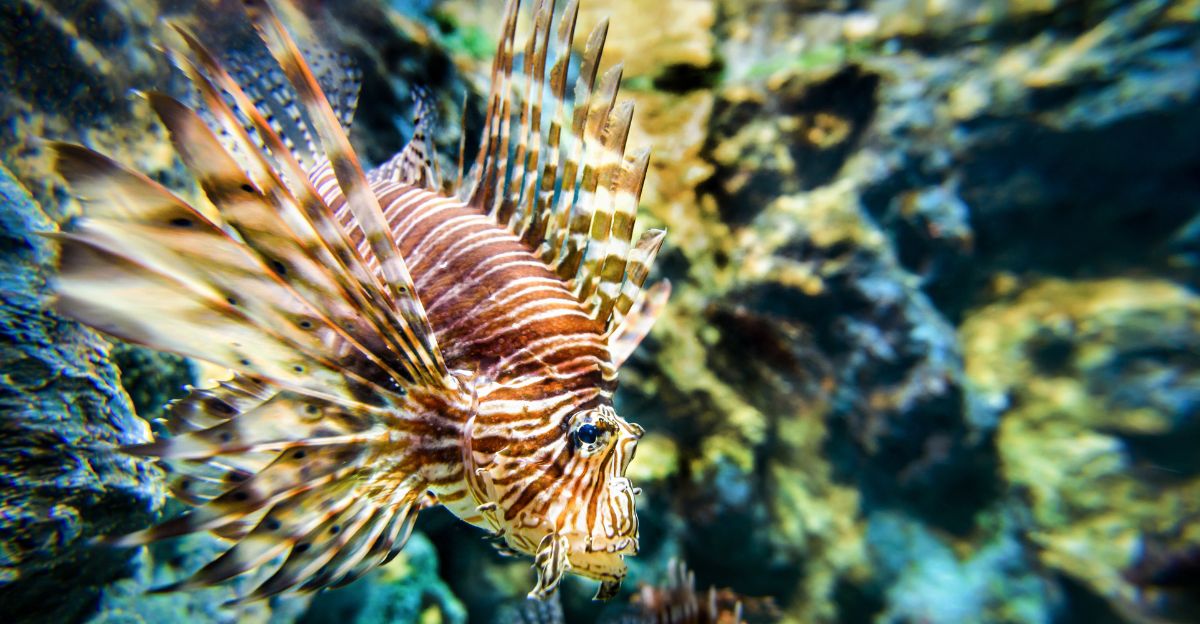
Lionfish possess venomous spines that pose risks to divers, snorkelers, swimmers, and anglers. Stings can cause intense pain, swelling, and, in rare cases, more severe reactions. The increased frequency of lionfish encounters complicates marine recreational and commercial activities, raising safety concerns.
These risks discourage tourism and fishing, contributing to economic and social impacts in affected regions. Managing these hazards is essential to protect human health while addressing the broader ecological threat of lionfish.
Management and Control Efforts
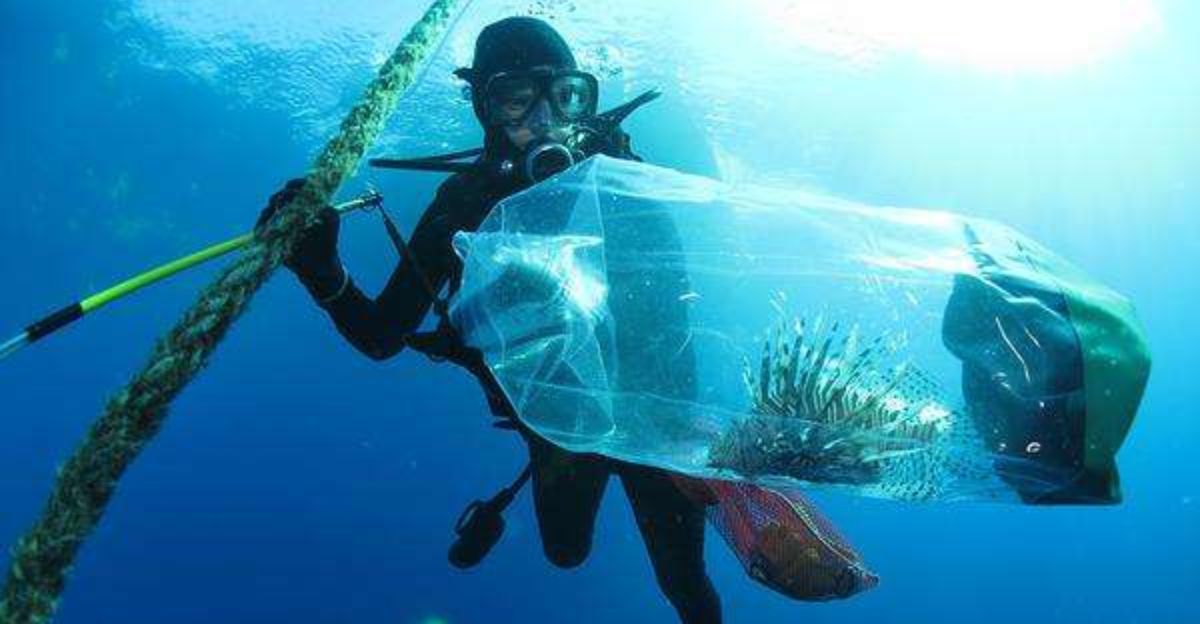
The Aquatic Nuisance Species Task Force has launched the National Invasive Lionfish Prevention and Management Plan to combat the spread and impact of lionfish. Strategies include targeted removal through organized culling, public engagement to raise awareness, and promoting lionfish as a food source to incentivize harvesting.
However, challenges remain, particularly in controlling populations within protected marine areas and preventing further spread into new habitats. Effective management requires coordinated efforts across government, industry, and communities to balance ecological protection with economic realities.
Economic Incentives and Sustainable Use

Innovative initiatives like INVERSA Leathers in Mexico turn lionfish skins into valuable products, financing removal efforts and providing economic opportunities for local fishers. This project offers a 100% catch-to-cash guarantee and premium incentives, encouraging large-scale lionfish harvesting.
Culinary initiatives also promote lionfish consumption, creating demand that helps reduce populations while supporting sustainable livelihoods. These economic incentives align ecological restoration with community development, offering a promising model for invasive species management.
Contrarian Perspectives and Market Dilemmas
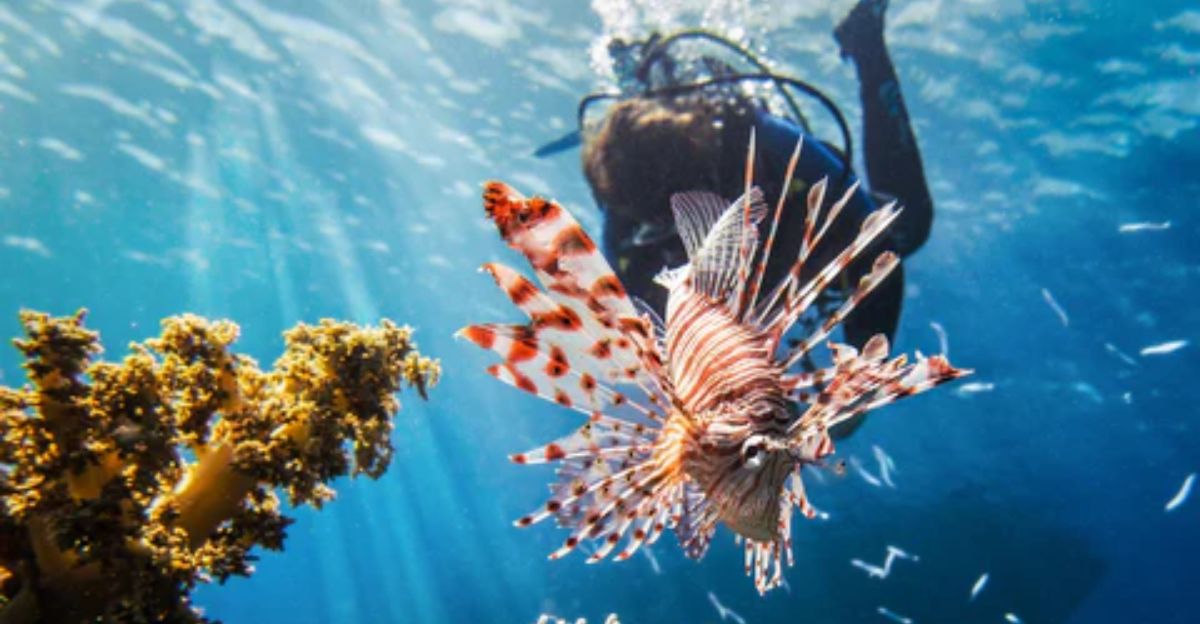
While commercial markets for invasive species like lionfish can aid control efforts, they carry risks. Economic dependency on invasive species markets may undermine long-term eradication goals if fishers rely on continued availability rather than elimination.
Market outcomes vary widely, from financial collapse to negligible effects, highlighting the complexity of balancing control with commercial interests. A nuanced approach is needed to avoid unintended socioeconomic consequences while leveraging market-based solutions.
Historical Context and Lessons Learned

The lionfish invasion parallels other invasive species crises, such as zebra mussels and Asian carp, which have caused extensive ecological and economic damage. Historical experiences underscore the urgency of early intervention and robust management frameworks.
Lessons from past invasions inform current policies, emphasizing the need for integrated strategies combining prevention, control, and public engagement to mitigate impacts effectively and protect native ecosystems.
The Path Forward
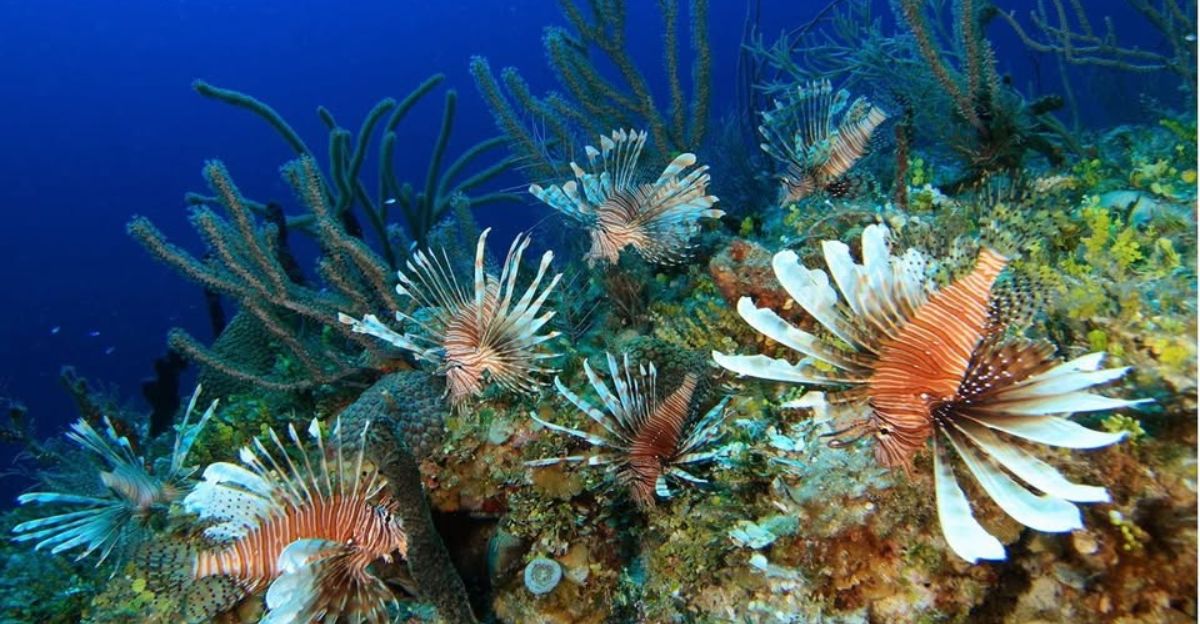
Addressing the lionfish invasion requires continued monitoring, research, and adaptive management. Collaboration among government agencies, scientists, industry stakeholders, and local communities is vital.
Combining ecological restoration efforts with economic incentives, such as promoting lionfish as a food source and innovative product development, offers a sustainable path forward. This integrated approach can mitigate lionfish impacts, protect marine biodiversity, and support coastal economies for the future.
Explore more of our trending stories and hit Follow to keep them coming to your feed!

Don’t miss out on more stories like this! Hit the Follow button at the top of this article to stay updated with the latest news. Share your thoughts in the comments—we’d love to hear from you!







